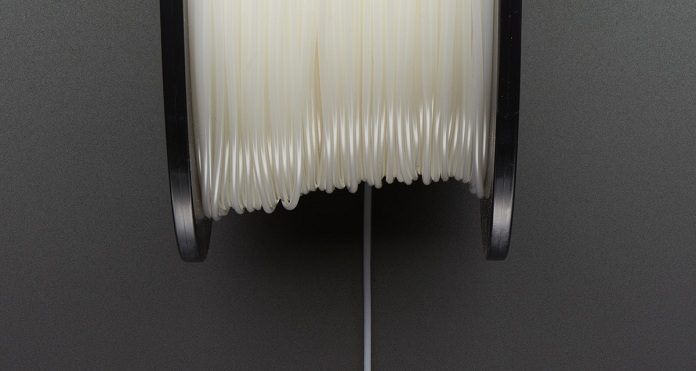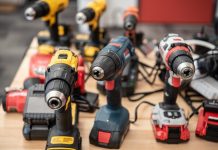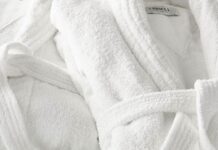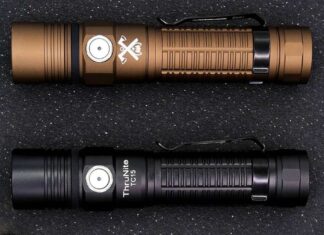
There are many sorts of 3D printer filaments out there and each of them would be a perfect fit for a certain type of item and completely impractical for other. This large range of filaments with different advantages and characteristics makes it impossible to decide which is the “best” out of all of them, or even which would be the best for your use since the answer will inevitably change with the object you want to produce. So, that means that we will have to settle for pointing out the advantages that certain filaments have over a lot of their counterparts when it comes to specific applications, and one of those is the PLA filament.
Before getting to the characteristics of the standard PLA 3D plastic filament, it is important to mention that there is an PLA PHA infused filament that has its own perks that shouldn’t go unrecognised. Unlike the regular brand of PLA PHA enforced PLA is far less brittle and much tougher after the cooling process has finished and the final product has taken shape. This filament compound is known to have quite a few advantages over not only the pure PLA variety, but also a lot of the other more popular brands of 3D plastic filaments as well.
One of the more notable traits of PLA is that it is a thermoplastic which is made out of corn starch and sugar cane, meaning that it is completely biodegradable and probably the most environmentally friendly option out of all of the filaments. It also has a lower melting temperature and doesn’t produce a foul smell when it melts, like certain other types of thermoplastic. When it comes to the finished product, PLA is not very prone to warping and is capable of printing objects with a high level of detail, even when it comes to sharp corners.
While all of the previously mentioned traits make the PLA great for creating objects with a bit more detail to them, the combination of these specific traits also make it in general one of the easiest filaments to use. Keep in mind though, just because it is easier to use than the others, it doesn’t mean that it is easy to use and you should be prepared for a bit of frustration before you manage to get the hang of the right settings. But, stick with it and you will be 3D printing with the best of them in no time.

![Slot Car Racing: Getting You Through the Basics Avant Slot 1/32 Mitsubishi Galant VR4 #38 Slot Car [52205]](https://www.tiptopmashable.com.au/wp-content/uploads/2024/09/52205-AVANT-SLOT-MITSUBISHI-GALANT-VR4-YOKOHAMA-38-1-218x150.jpg)













